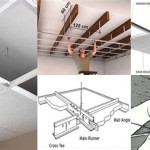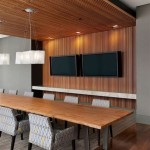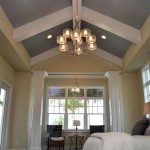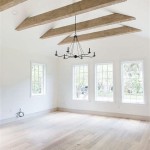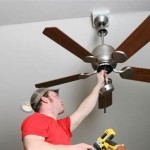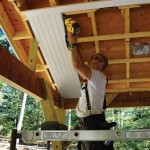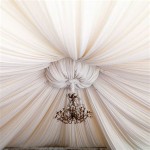Essential Aspects of Types of Ceiling Finishes: Pictures with Names
Ceiling finishes play a crucial role in enhancing the aesthetics and functionality of any space. They not only cover up the structural elements but also contribute to insulation, noise reduction, and visual appeal. With a wide range of options available, choosing the right ceiling finish for your space can be overwhelming. This comprehensive guide will explore the essential aspects of various ceiling finishes, providing you with detailed information and pictures to help you make an informed decision.
Types of Ceiling Finishes
1. Drywall Ceiling

Drywall ceilings are versatile and widely used for both residential and commercial spaces. Made from gypsum board panels attached to metal framing, drywall ceilings offer a smooth and seamless finish. They allow for easy patching and repairs, making them a practical choice for areas prone to wear and tear.
2. Popcorn Ceiling

Popcorn ceilings, also known as acoustic ceilings, feature a textured surface created by applying a mixture of perlite, vermiculite, or polystyrene to the ceiling. They were popular in the 1950s and 1960s, but their popularity has since declined due to concerns about asbestos content and difficulty in cleaning. However, some popcorn ceilings may still be found in older homes.
3. Drop Ceiling

Drop ceilings, also known as suspended ceilings, consist of lightweight panels suspended from the ceiling joists using a grid system. The panels are typically made of fiberglass, vinyl, or metal and offer easy access to the plenum, making them ideal for spaces requiring frequent maintenance or access to wiring and ducts.
4. Coffered Ceiling

Coffered ceilings are intricate and visually striking, featuring recessed panels or beams arranged in geometric patterns. They add depth and elegance to any space and are commonly used in traditional and formal settings, such as libraries, dining rooms, and offices.
5. Tray Ceiling

Tray ceilings are sophisticated and visually interesting, featuring a recessed area in the center surrounded by a raised frame. They create an illusion of height and can add a touch of grandeur to any room. Tray ceilings are often used in living rooms, bedrooms, and dining areas.
6. Vaulted Ceiling

Vaulted ceilings are sloped ceilings that follow the roofline, creating a sense of spaciousness and height. They are commonly found in homes with high-pitched roofs and can be a beautiful architectural feature in living rooms, bedrooms, and entryways.
7. Cathedral Ceiling
Cathedral ceilings are similar to vaulted ceilings but extend all the way to the peak of the roof, creating a dramatic and awe-inspiring space. They are often used in churches, cathedrals, and large public spaces, but can also be found in some homes.
Conclusion
Choosing the right ceiling finish for your space depends on various factors, including the desired aesthetic, functionality, and budget. Each type of ceiling finish offers unique benefits and characteristics, making it essential to carefully consider your options before making a decision. Whether you prefer a smooth, textured, or intricate ceiling, there is a finish that will complement your décor and enhance the overall ambiance of your space.

What Are The Types Of Ceiling Materials Fall Ceilings
8 Types Of False Ceiling For Home

Top 6 Types Of False Ceiling Materials For Stunning Interior Designs Nerolac

Top 6 Types Of False Ceiling Materials For Stunning Interior Designs Nerolac

Top 6 Types Of False Ceiling Materials For Stunning Interior Designs Nerolac

Top 6 Types Of False Ceiling Materials For Stunning Interior Designs Nerolac

34 Trending False Ceiling Designs For Your Beautiful Bedroom 2024

What Is False Ceiling Types Of Buildpro

False Ceiling Types Of Panels Or Tiles Commonly Used In And Their S The Economic Times

30 False Ceiling Designs Beautiful Homes
Related Posts

